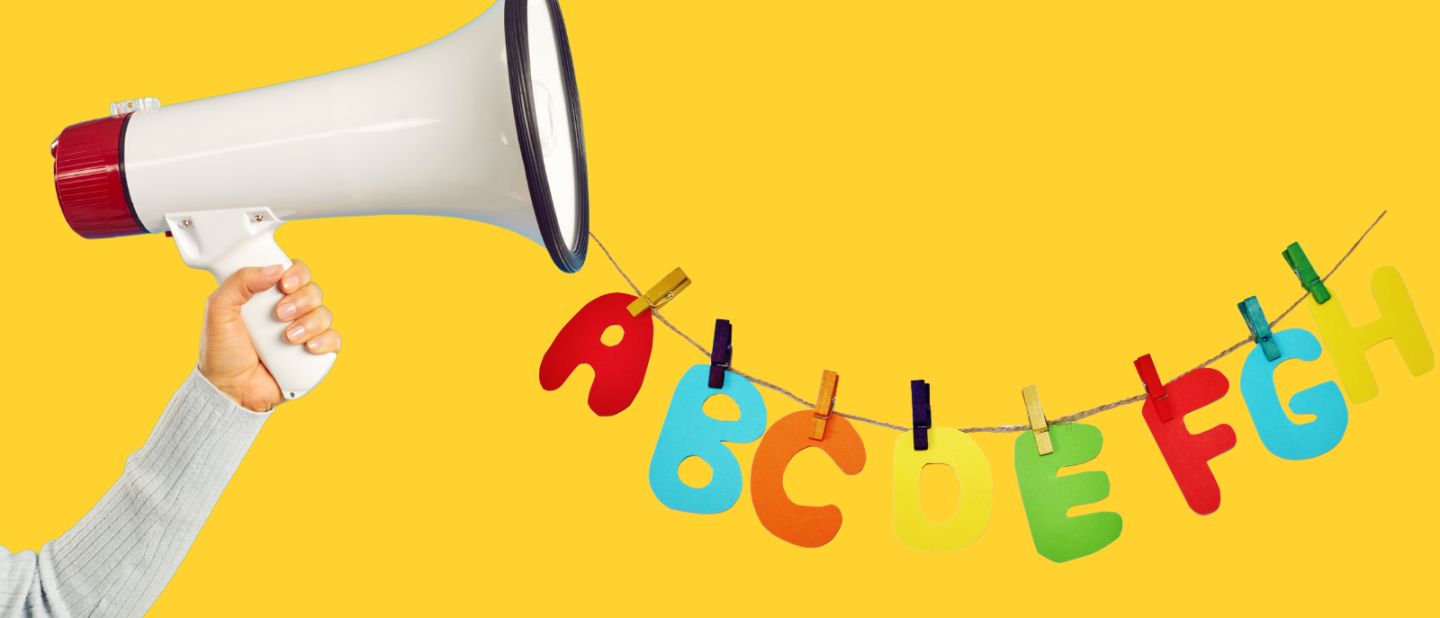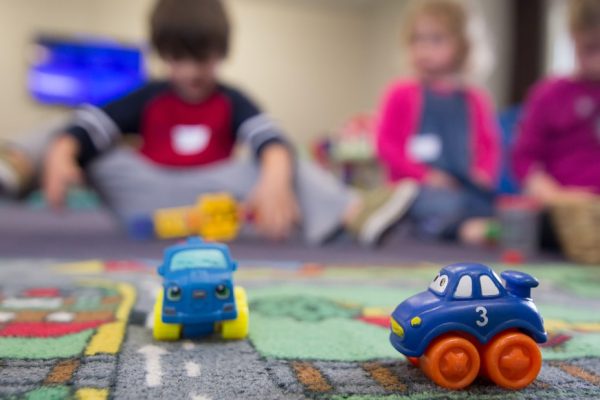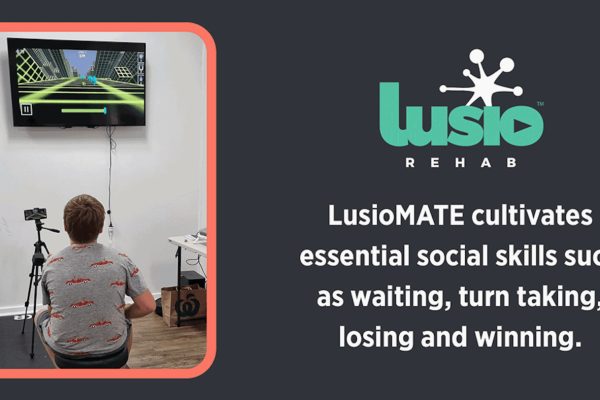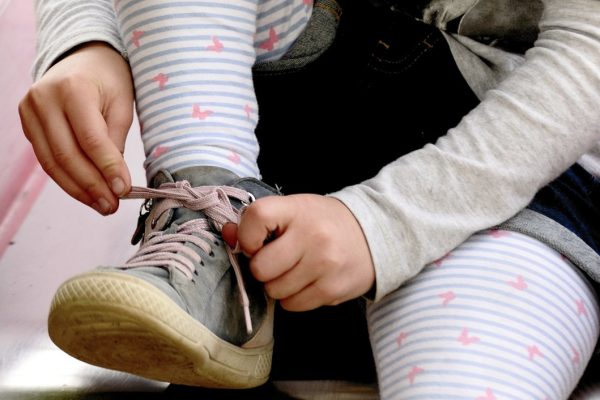
Speech Milestones – what you need to know
By Jane Delaney
Every child develops differently, but there are certain milestones to keep an eye on. It’s important to recognise potential delays and seek help says speech pathologist, Jane Delaney.
The ‘early years’ of a child’s life (from birth to five years of age) are a crucial time for children’s speech, language and communication development. These skills develop best in language-rich environments, with quality interactions and exposure to the speech and language of others.
The development of speech and language skills varies between children, however it is important for those in
the child’s environment to support them to build their communication and keep these skills developing as they grow
and reach school.
As with all development, there are communication milestones a typically developing or neurotypical child may reach at different ages.
SPEECH AND LANGUAGE MILESTONES
12 months
Your child should be able to say some single words, respond to their name, recognise familiar objects and people, start to use sounds, gestures and a few words.
18 months
Your child should understand up to 50 words and short phrases, follow simple instructions e.g. ‘stop’, ‘go’, ‘get the ball’, point to familiar objects in books, say up to 20 words, copy noises and phrases.
2 years
Your child should be able to follow simple two-part instructions (e.g. give me the car and the ball), understand some simple questions that begin with ‘wh’ e.g. what, where and start to put two words together, like “more please”. By this age children are also using most vowel sounds and a variety of consonants.
3-5 years
As children progress, they will put more words together, follow more complex instructions, sort items into groups, develop more speech sounds and tell a simple story.
For more details on these please refer to the Speech Pathology Australia Communication Milestones Kit.
As children’s speech and language develops, it is typical for young children to use simplified sentence structure, repeat words or phrases and simplify sounds or sound combinations. Children learn speech sounds progressively and these are categorised into early speech sounds and later developing sounds. For example, early sounds we can expect from children include m, n, t, d, h, w, and lip sound such as p and b.
Later developing sounds expected after the age of three include s, sh, ch, j, l, r and th.
Young children will have difficulty with saying more complex words such as ‘snake’ with a blend (sn) at the start of the word. In this instance, they are likely to leave out a sound, producing the word as ‘nake’, or ‘sake’.
Speech Pathologists will use normative data to support the assessment of a child’s speech and to help make recommendations for parents.
Given these early years lay the foundation for later learning, and the building evidence that children who start school behind, often “stay behind”, it is important to monitor children’s communication development. Right now, almost 23 per cent of Australia’s children are not developmentally on-track with their language skills when starting school. (AEDC 2018). Research also indicates that language difficulties in preschool may predispose a child to ongoing reading difficulties throughout childhood and adolescence.
WHEN TO SEEK HELP?
If you notice your child is not reaching their communication milestones for their age range, it may indicate a need for extra support. Obvious signs a child may have communication difficulties include when a child is presenting with difficulty in understanding simple words or phrases, is using limited verbal language, is experiencing frustration in communicating, is difficult to understand or stuttering. Speech Pathology Australia would advise that this would be the time to seek assistance.
By the age of three, children should be able to be understood most of the time by both familiar and unfamiliar people.
We often hear of parents or professionals taking a “wait and see” approach. While some children do just need that bit more time and will progress on their own, even by the age of three, children with difficulties will require a lot more support.
Plus, given the ongoing issues Australia-wide with waitlists, and the potential of a long wait to access speech pathology services, it is strongly recommended that parents place their child’s name on a waitlist as soon as concerns are identified, rather than delaying while they “wait and see”.
All children deserve the right support at the right time to ensure strong development of language, cognitive, social and emotional skills, which act as a foundation and predictor of later literacy and learning skills throughout life.
Speech Pathology sessions involve child and family-friendly play-based activities parents can replicate at home. They will often focus on supporting parents to use strategies which promote speech and language development. Often parents know their children so well and will pre-empt a child’s needs and wants. This is often also evident when children have older siblings who may communicate for them.
Speech pathologists can also provide support to early childcare educators working with the children at the parents’ request. As speech pathologists, it is amazing to work together with families and children, to see children flourish and have the best start in life, no matter how they communicate.
Try these speech and language stimulation strategies:
- Repeating back what your child has said, while correcting words, speech sounds or sentence structure.
- Using modelling and expanding to support development of new vocabulary, this entails adding a word to what your child has said.
- If your child is speaking in one or two-word phrases, you may model and expand your language model to three-word phrases.
- Children benefit from opportunities to hear, practice and talk about speech sounds as part of their day. Model sounds when you are talking together. It’s okay if your child does not say the sounds after you.
For useful resources, including the speech and language stimulation strategies, go to NSW Government Health – Waiting for Speech Therapy.
Jane Delaney is Senior Advisor, Early Childhood and Education for Speech Pathology Australia






